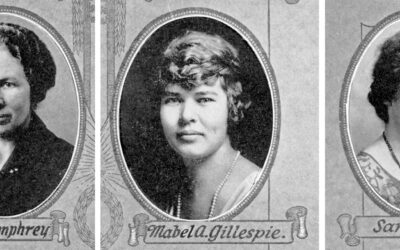Improvements in rail transportation, both of freight and passengers, were of paramount interest and importance in the pre-automobile era. The Daily Nebraska State Journal, of May 24, 1884, noted passage through Lincoln of an “Experimental Train” equipped with Westinghouse air brakes:
“A freight train passed through this city yesterday morning, on a trip the success of which will be watched with much interest by all railroad authorities. The train left Chicago night before last and arrived in this city [Lincoln] at l:27 a.m. yesterday, leaving at 2:35. It was a through freight to Denver and was the first freight train on which the experiment of using air brakes [invented in 1868 by George Westinghouse] has ever been tried.
“The train consisted of twenty-three cars of dead freight and three private coaches. These coaches belonged respectively to Mr. Bernard, assistant general manager of the Kansas City, St. Joe & Council Bluffs, and the Hannibal and St. Joseph roads; Henry B. Stone, assistant general manager of the C.B.& Q; and J. N. Merrill, superintendent of the Iowa division of the C.B.& Q. Assistant General Manager G. W. Holdrege, General Superintendent T. E. Calvert, and Assistant Superintendents D. E. Thompson and John McConiff, of the B. & M. in Nebraska, met the train at Pacific Junction and accompanied it to Denver. Mr. Westinghouse, the inventor of the air brakes which were upon trial, was also one of the party.
“The advantages to be gained by the use of air brakes on freights, if they are successful, are chiefly the saving of time in shipping and the prevention of the damage to goods, which cannot but result from the jerking and jamming of the old method. All the officials pronounced the experiment a decided success. The time saved in stopping was quite considerable and the stop was made with scarcely a perceptible jar to the coaches. There was only one difficulty experienced. Up to the time when the train was here the engineer had not been able to handle the brake perfectly enough on a down grade, so as to prevent a little jerking when it was taken off. This difficulty was overcome before the train reached Red Cloud, and the party telegraphed back from that place that the experiment was a perfect success in every respect.
“The time made averaged about twenty-seven miles an hour. Conductor V. O. English pulled her from Pacific Junction to Hastings. He ran from here to Hastings in three hours and forty-three minutes including stops.”



